Series on Jaipur – Part 1
By Mumtaz Alam Falahi, TwoCircles.net,
Continuing our effort to make city-wise presentation of a clear picture of Muslims in India – covering their social, economic and educational condition as well as their share in politics – now we are starting a special series on Jaipur – the capital city of Rajasthan, a west India state.
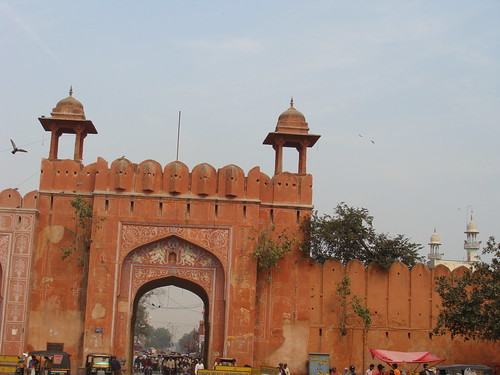
One of the gates to the old city with minarets of a mosque in the background
Located about 262 km south-west of New Delhi, Jaipur was built in 1727 by King Sawai Jai Singh-II. The first planned city of modern India, Jaipur is globally known as Pink City as almost the entire old city – markets, palaces, and homes – is painted with pink color. Besides this uniformity, the local Muslims – overwhelming majority of them reside in the old city area – also wear another uniformity: backwardness in education and economy.
Spread in 11,117 sq.km. the district of Jaipur (as per Census 2001) has a population of 52,51,071 of which Muslims are 5,15,124, that is 9.81%. Fifteen districts in Rajasthan have 9% or above Muslim population, with Jaisalmer (23.64%) at the highest and Jaipur (9.81%) the lowest. Total population of Rajasthan is 5,65,07,188, of which Muslims constitute 8.47% (47,88,227).
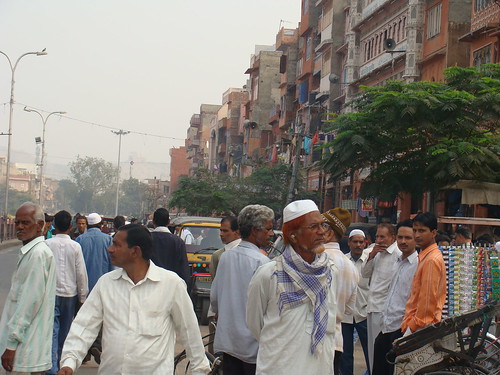
A look at Muslim area in old city
The Muslim community (over five lakh population) in Jaipur is backward educationally, financially and socially.
“The main problem of Muslims in Jaipur is their backwardness in the field of education, economy and society. This has been accepted by the Sachar Committee,” says Advocate Abdul Qayyum Akhtar, General Secretary, All India Milli Council.

Advocate Abdul Qayyum Akhtar, General Secretary, All India Milli Council
Majority of local Muslims consists of labor class. They are poor. They work in stone and diamond industry where they cut, design and polish diamonds used in necklaces and rings.
“Most of the Muslims are involved in stone industry. They are in manufacturing units. Muslims buy rough stones from Hindus. They manufacture them – cut, design and polish stones for markets. These ready-to-market materials are purchased by Hindus who sell them in the market,” says Mufti Amjad, a native of Jaipur and Imam of Jama Masjid in Jauhari Bazar area of the city.
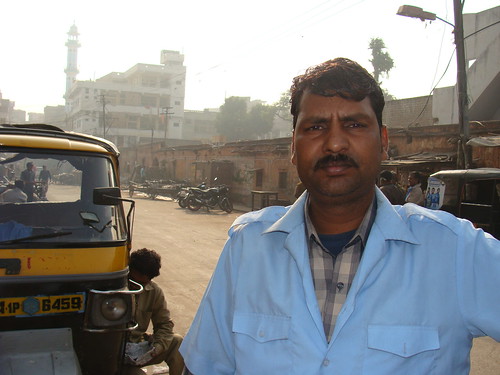
Nawab Khan with his autorickshaw, Jalupura mosque in the background
Besides stone factories, a good number of Muslims are engaged in painting and driving. Jalupura is one of the thickly Muslim populated localities in the city. “About 40% of the residents of this area do painting work as source of livelihood while 35% are autorickshaw drivers,” says Nawab Khan, an autorickshaw driver and Jalupura resident. Khan is middle class pass-out.
As they are poor, the local Muslims send their children to factories and workshops to earn money, rather than to schools for education.
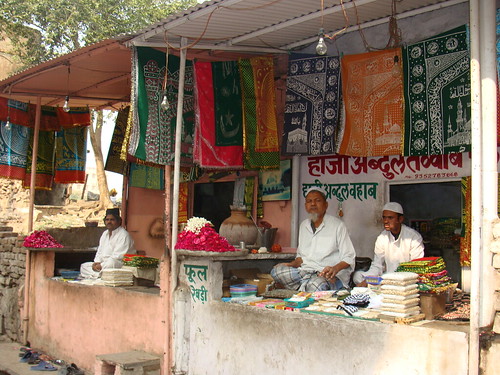
“They are financially poor, so rather than sending to schools they send their children on job to earn. When they are in primary, parents send them on part time job, when they start earning they completely withdraw them from schools and put them on jobs,” says Muhammad Yunus who runs a private affiliated middle school in Jalupura. I met him while I was looking for a lecturer or professor in this locality which has about 15,000 Muslim population. Yunus himself explained why I failed in my search.
“In primary stage, the rate of literacy among Muslims in Jaipur is 40%, in middle 30% but in college they are just 2-3%,” he says. That’s why their presence in government jobs is negligible.
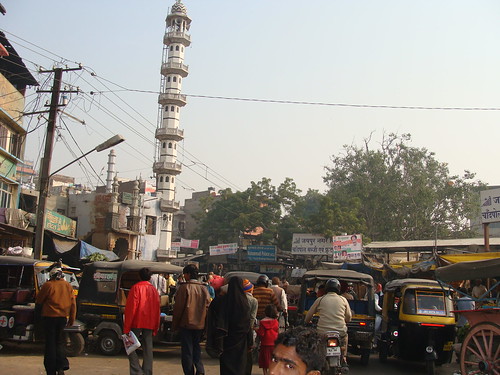
Adding to the misery of the community who is already backward educationally and financially, there has been widespread state discrimination against them.
“Sachar Committee has told us everything. There has been discrimination against the community for long. Banks do not give them loans,” says Kavita Srivastava, General Secretary, People’s Union for Civil Liberties.
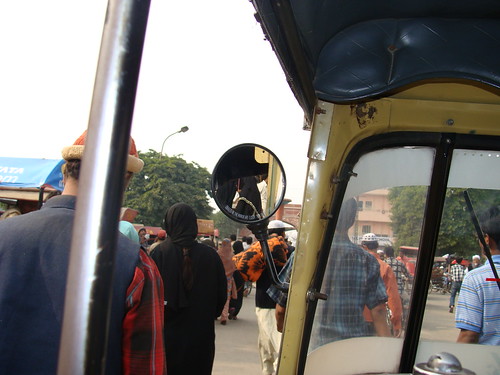
“There is a lot of discrimination and that has to be broken with some affirmative action from the state,” she adds.
As for politics, the Jaipur Muslim community has not a big share.
Muslims are living in pockets in the city – majority of them in the old city. Some Muslim dominated areas include Ramnagar, Jalupura, Bhatta Basti (Shastri Nagar), Hameed Nagar, Chandpur and Topkhana. Of 72 ward councilors in the city, eight are Muslims – majority elected from these localities.
“They lack much behind in politics. They don’t understand in what way we can contribute in the modern politics. We are just trying that secular forces come to power. We cast vote and think this is politics,” says Adv Abdul Qayyum Akhtar.
“We need to learn to be mature enough to understand how to take part in all process of politics, not just casting votes,” he adds.

